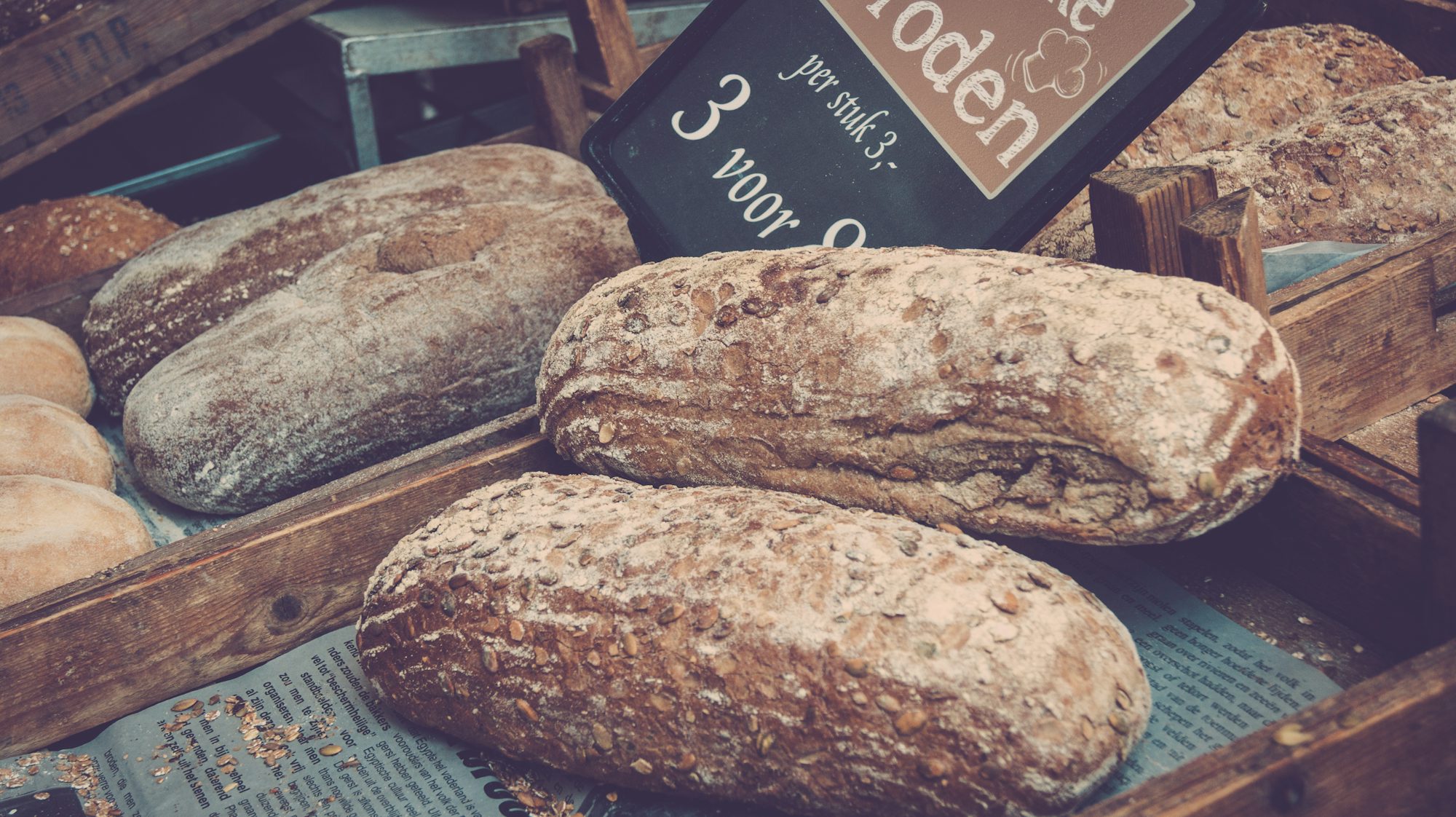At the heart of every flea market is the thrill of discovery. Unlike traditional retail settings, flea markets offer a diverse selection of secondhand and vintage items, antiques, collectibles, and handmade crafts. This eclectic mix creates an exciting atmosphere where shoppers can find everything from unique furniture pieces to quirky home decor. Each stall tells a story, inviting visitors to explore the history behind the items on display. The experience of sifting through these treasures often feels like a treasure hunt, where each find is a delightful surprise.
Flea markets often serve as platforms for local vendors and artisans to showcase their work. Many sellers take pride in curating their collections, offering a mix of vintage and handmade items that reflect their personal style. This not only supports small businesses but also fosters a sense of community among vendors and shoppers. Engaging with the sellers often leads to meaningful conversations, allowing visitors to learn more about the items and the stories behind them. This personal connection adds an extra layer of richness to the shopping experience.
One of the most appealing aspects of flea markets is their affordability. Many shoppers are drawn to these markets in search of budget-friendly options for home decor, clothing, and gifts. The thrill of finding a beautiful piece at a fraction of its original cost is part of the allure. Additionally, flea markets often feature unique items that cannot be found in mainstream stores, making them an ideal destination for those seeking one-of-a-kind treasures. This aspect of flea markets promotes sustainable shopping practices, encouraging individuals to repurpose and cherish pre-loved items rather than opting for new mass-produced goods.
In many cultures, flea markets are more than just places to buy and sell; they are community gathering spaces. Visitors often come to enjoy the vibrant atmosphere, socialize with friends, and indulge in delicious street food. Many markets feature food stalls offering a variety of culinary delights, from local specialties to international fare. This creates a festive environment where shopping and dining coexist, enhancing the overall experience. The communal aspect of flea markets encourages people to connect, share stories, and celebrate local culture, making each visit feel like a special event.
Flea markets have a rich history that dates back to the 19th century. They emerged as informal marketplaces where individuals could sell surplus goods, creating a sense of camaraderie among vendors and shoppers alike. Over time, flea markets have evolved, adapting to changing consumer preferences while retaining their unique charm. Today, many flea markets are carefully curated events that highlight the creativity and entrepreneurial spirit of local communities. This evolution reflects the enduring appeal of flea markets as spaces of exploration and connection.
One of the most famous flea markets in the world is the famous Marché aux Puces de Saint-Ouen in Paris, France. Known as one of the largest antique markets globally, it boasts an impressive selection of vintage furniture, art, and collectibles. Visitors can easily spend hours wandering through the maze of stalls, soaking in the atmosphere and hunting for unique finds. The market not only attracts locals but also visitors from around the globe, all eager to experience its rich history and vibrant offerings.
Similarly, the Rose Bowl Flea Market in Pasadena, California, is a celebrated destination for treasure hunters. Held monthly, this market features thousands of vendors selling everything from vintage clothing to mid-century furniture. The event draws large crowds, with shoppers eager to uncover hidden gems. The lively atmosphere is enhanced by live music and food vendors, creating a festive experience that keeps visitors coming back month after month. This flea market has become a cultural phenomenon, showcasing the spirit of creativity and community in the heart of California.
In recent years, flea markets have gained renewed popularity as individuals seek alternative shopping experiences. Many people are increasingly interested in sustainable and ethical shopping practices, leading them to embrace secondhand and vintage goods. This shift in consumer behavior has revitalized flea markets, attracting a new generation of shoppers who appreciate the value of unique items and the stories they carry. Additionally, the rise of social media has allowed flea markets to promote their offerings and connect with a broader audience, further enhancing their appeal.
While flea markets continue to thrive, they also face challenges. The rapid pace of urban development and changing consumer habits can impact the availability and accessibility of these markets. However, many communities are working to preserve and support their local flea markets, recognizing their cultural significance and economic contributions. Initiatives to promote flea markets through festivals, community events, and social media campaigns help ensure their continued relevance in an ever-evolving landscape.
In conclusion, flea markets are enchanting spaces that offer more than just shopping; they provide a unique experience of discovery, community, and creativity. The thrill of hunting for hidden treasures, the opportunity to connect with local artisans, and the joy of supporting sustainable practices make flea markets beloved destinations for many. As they continue to evolve, flea markets remain vital cultural spaces that celebrate local traditions and foster connections among individuals. Whether you are a seasoned treasure hunter or a casual shopper, a visit to a flea market is sure to leave you with cherished memories and unique finds. The next time you explore a flea market, take a moment to appreciate the stories behind the items and the community spirit that brings these markets to life.
